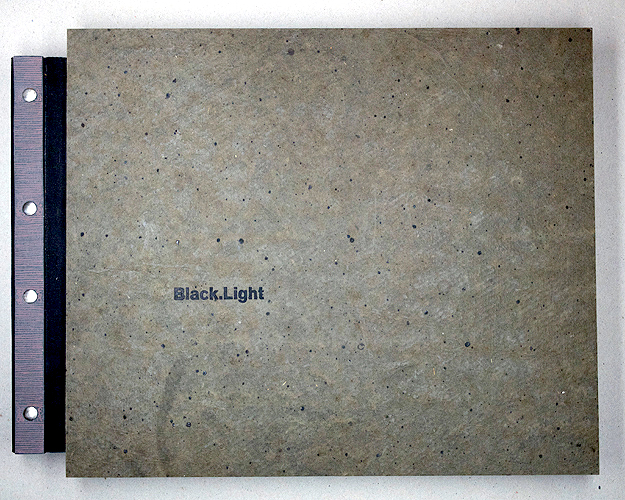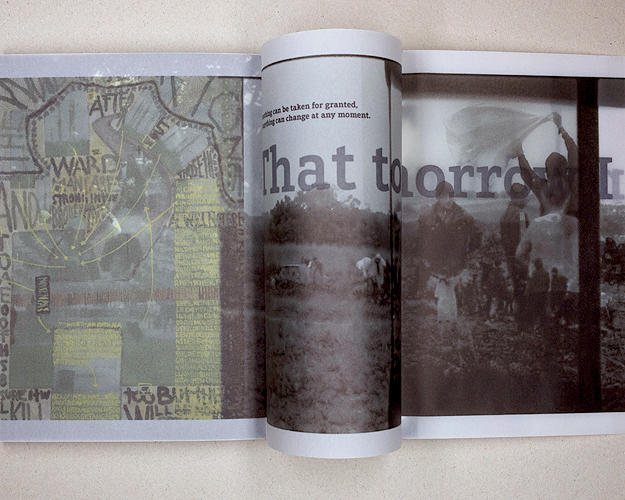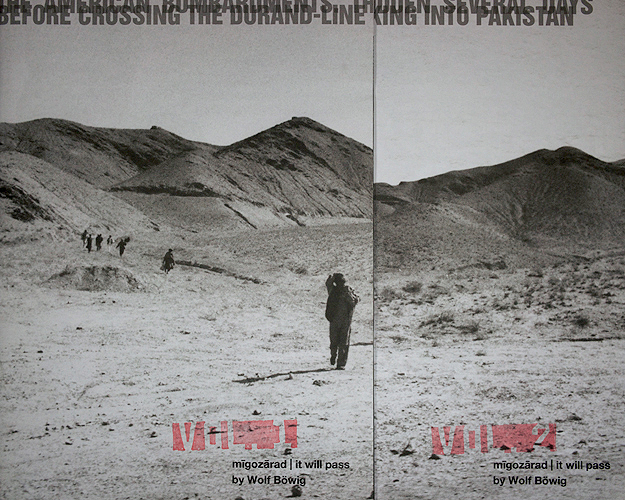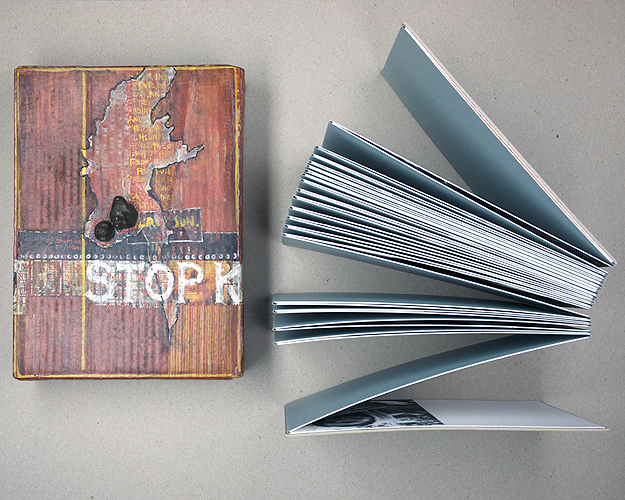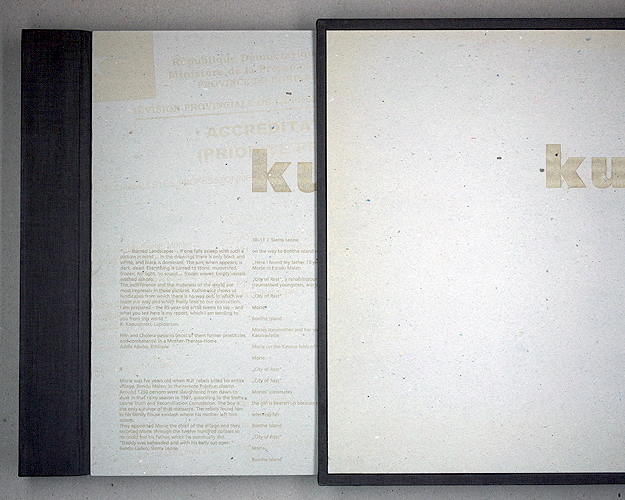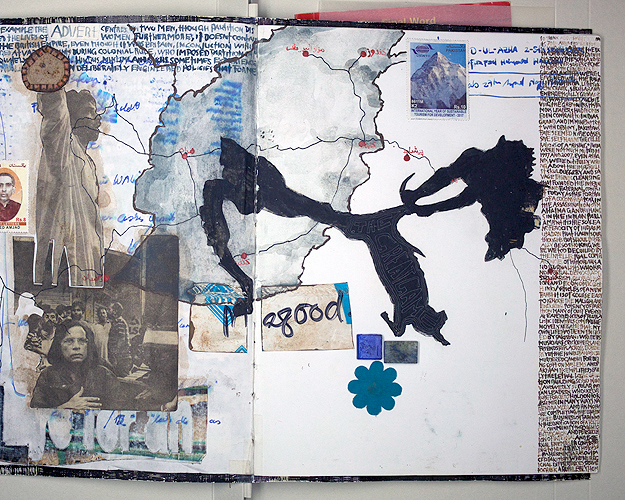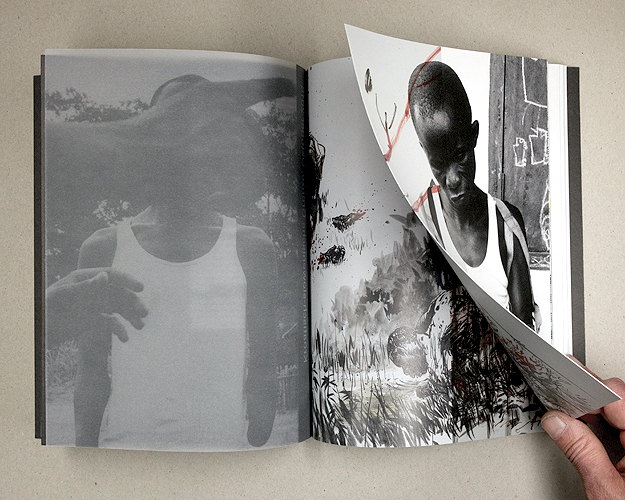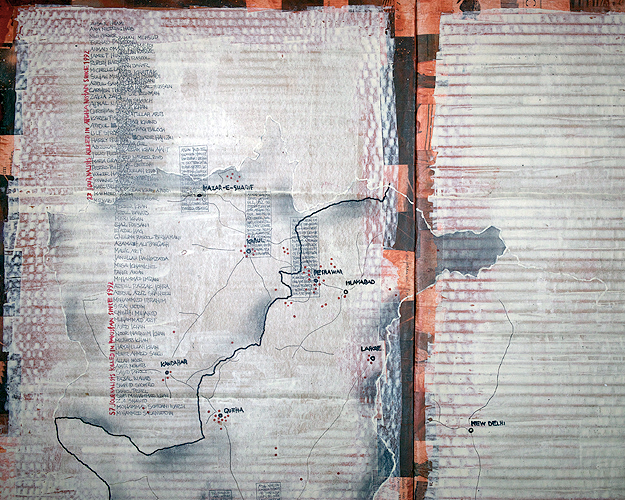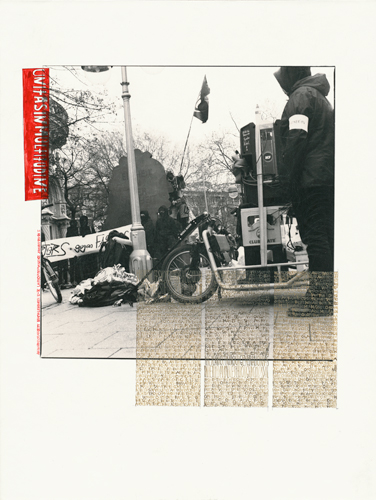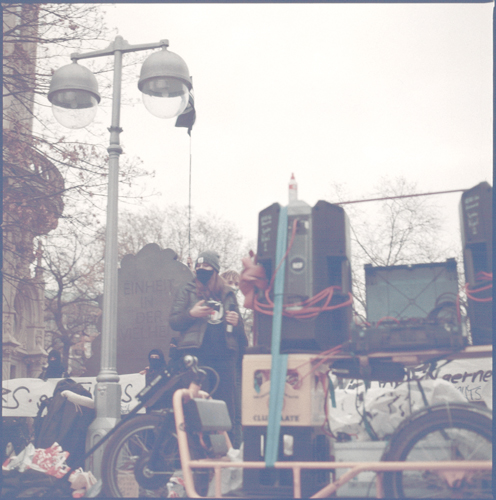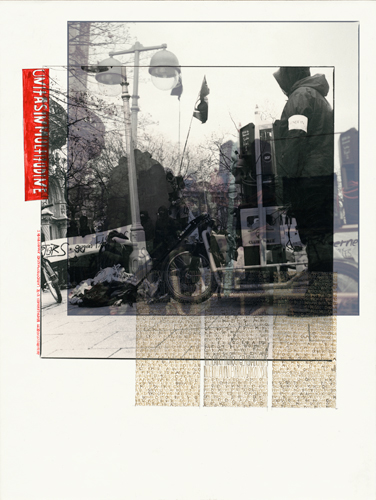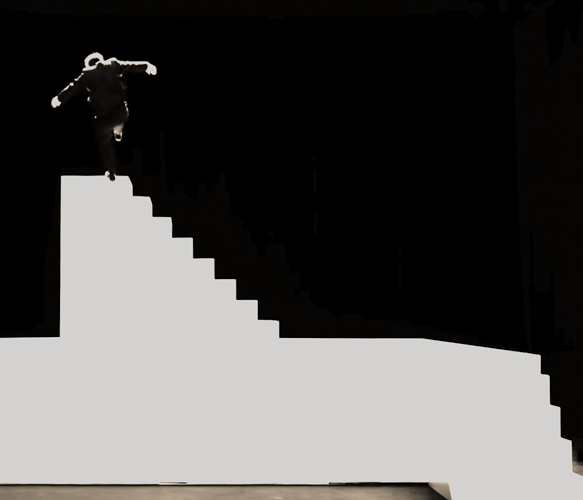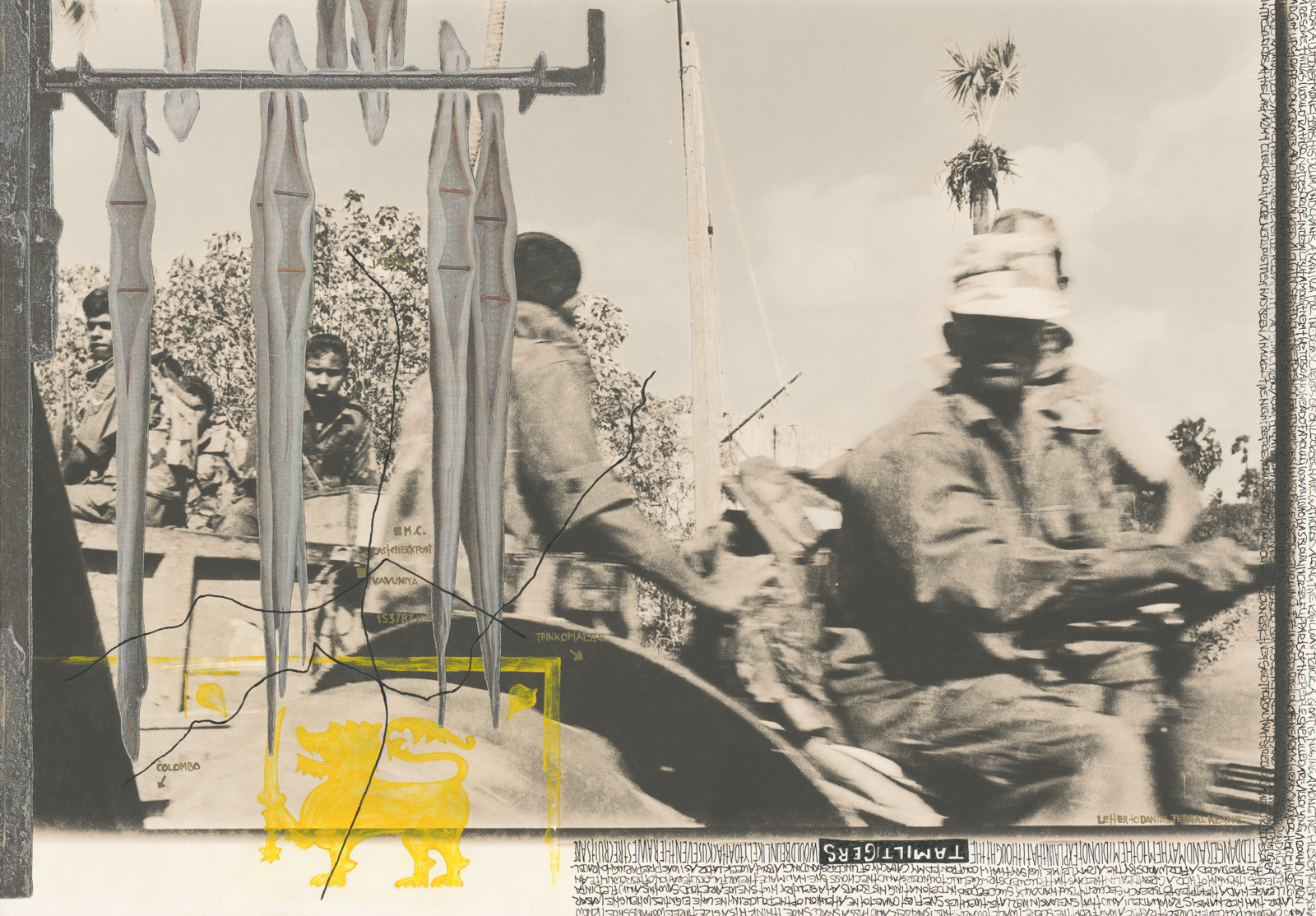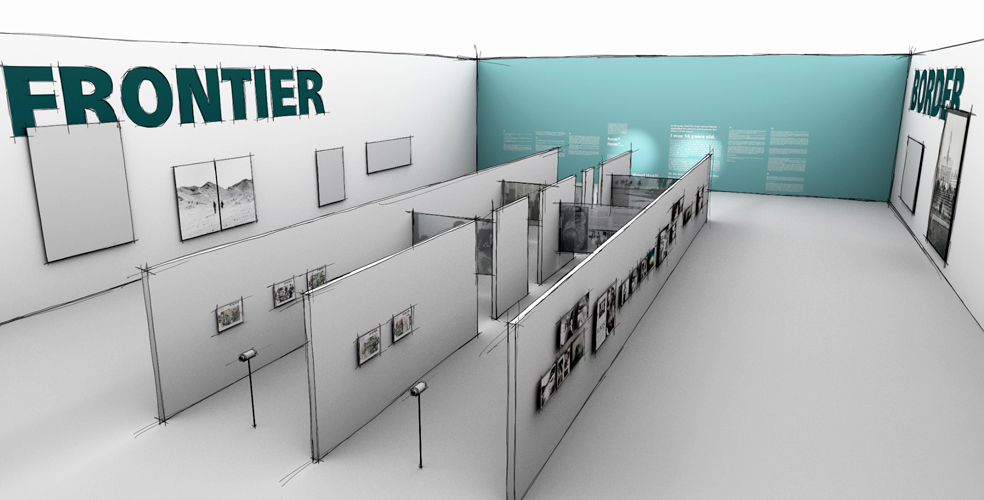
open.closed – submission for Grand Prix Images Vevey 2021|2022
„
such a river of life as nowhere else exists in the world
„
Rudyard Kipling, Kim
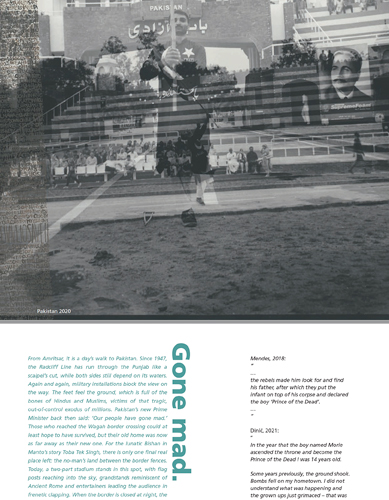
…
Check-points disrupt the „river of life“. They claim an often fragile sovereignty over space, people, and goods, while, at the same time, individual freedom comes to a halt. They are the nucleus of discrimination, corruption, subtle as well as gross violence. In conflict regions they document and permanently reproduce the instability of borders and frontiers, legal arrangements, and political power.
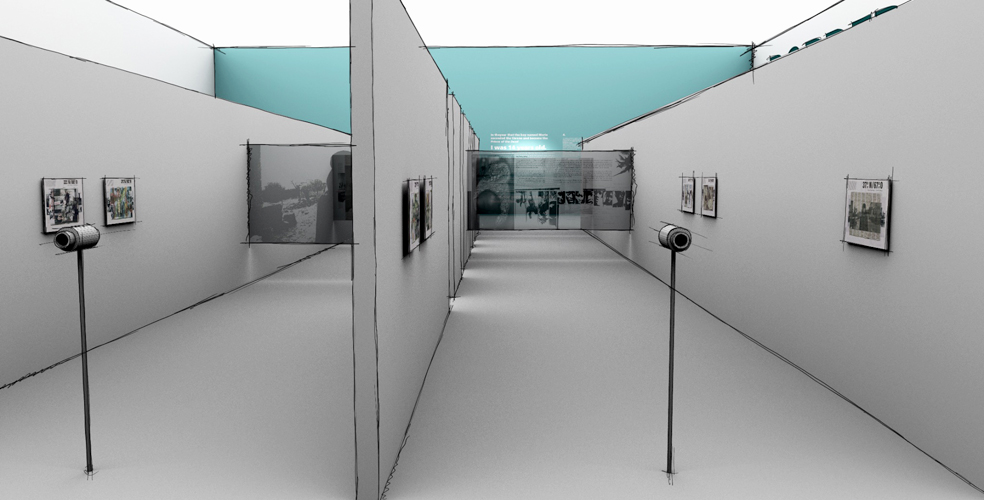
In particular, Central Asia was thought to become a heaven of progress and peace by ending British colonial rule in the 1940s. The year 2022 will mark the 75th anniversary of India‘s independence, its partition from what then has become Pakistan and East Pakistan (today Bangladesh), and relating border conflicts as well as numerous hot and cold civil and state wars with adjacent regions or countries. Instead of realizing the shaky vision of a „river of life“ the whole region is filled with unresolved claims, floating nationalism, administrative instabilities, and patchworks of ethnic, religious, and political conflicts.
…
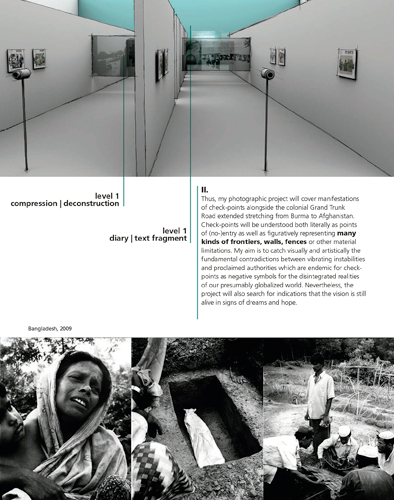
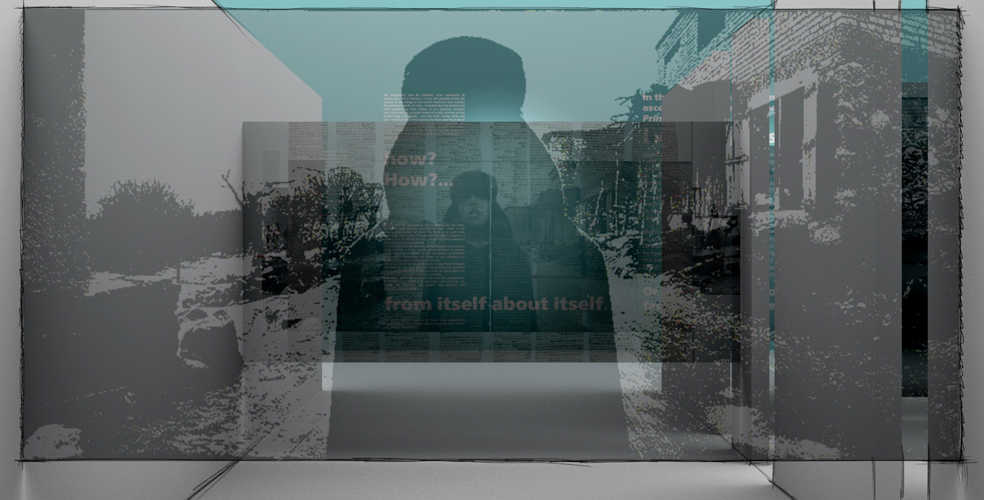
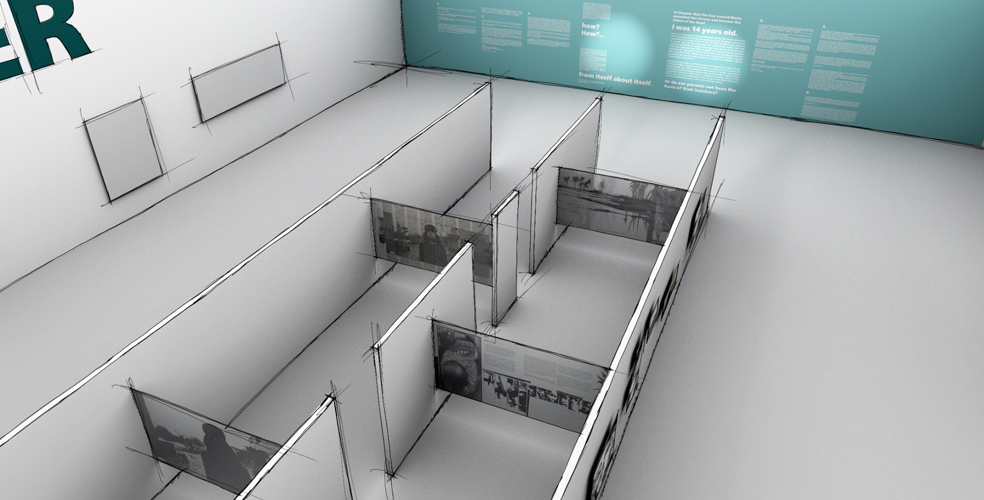
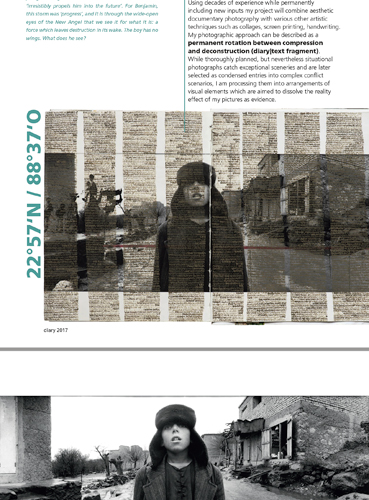
Constitutive for my work is a continuous interplay between photography‘s objectifying potential and its personal conversion into visual palimpsests that represent our inability to finally grasp the physical and structural, the visible and invisible violence I have been confronted with. For me, the open-shut-down-moment of the camera is a liminal stimulus to engage with the intrinsic limitations of photography as a documentary genre in order to disclose myriad ways to perceive realities.
…
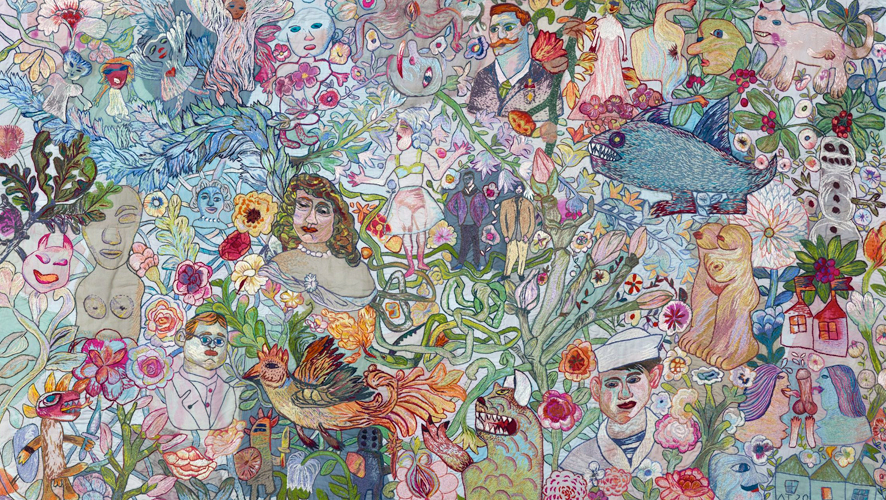
„
…
The busy surfaces of Torma’s large cotton, linen, and silk textiles can take years to complete. Nonetheless, their rainbow colors and rich textures vibrate with a sense of spontaneity, as if they capture a fleeting moment from a dream. As in dreams, Torma’s textiles bring together a disturbing mix of images and sensations. A male figure’s inflated erection and a set of disembodied, gnashing teeth are just two of the many small but potent cues throughout Torma’s work that confound an easy reading of what’s happening, blurring the line between good and bad. Whether they attract or repel us, Torma’s fanciful, wild things express the breath of their creator’s imagination: the figures “come very easily from my fantasy,” she declared.
…
“
Hyperallergic
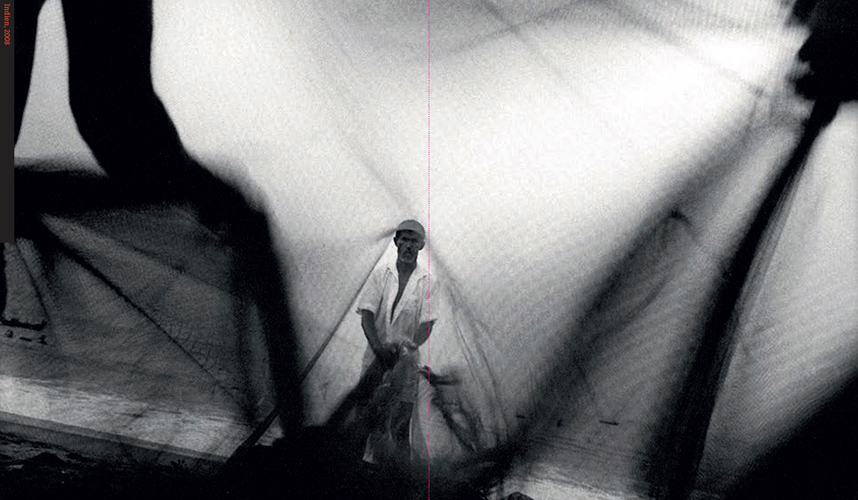
bookproject – first draft with blindmaterial
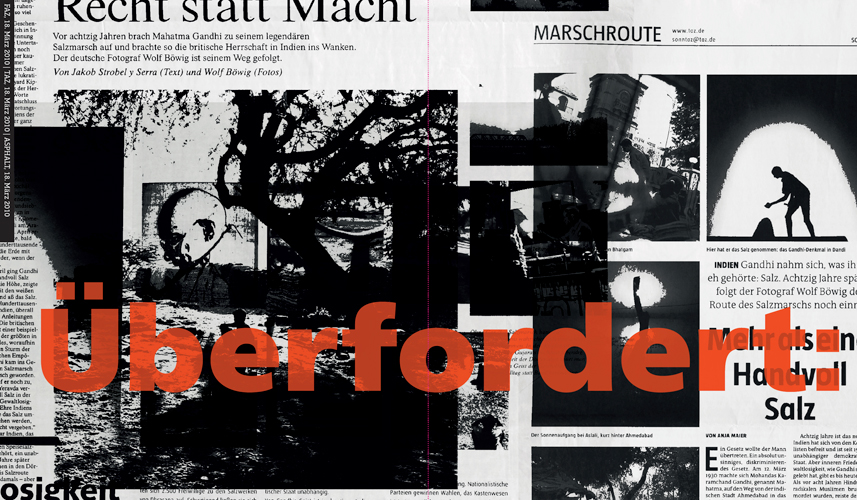
former publications after Hannah Höch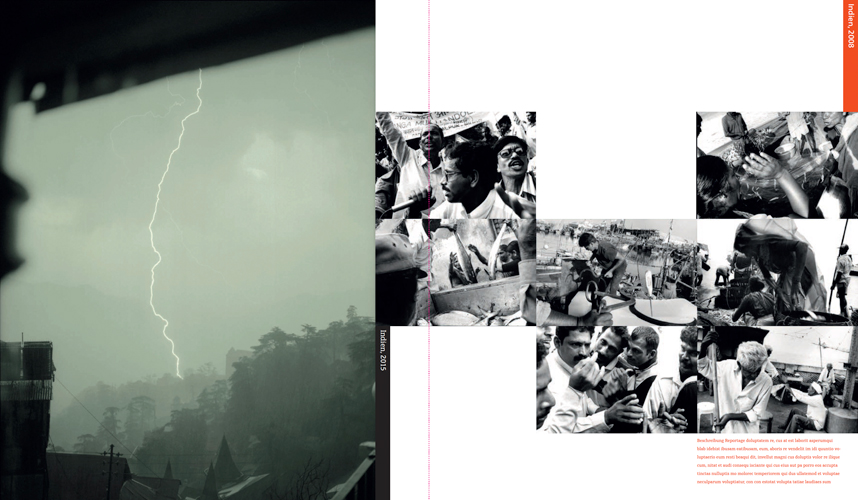
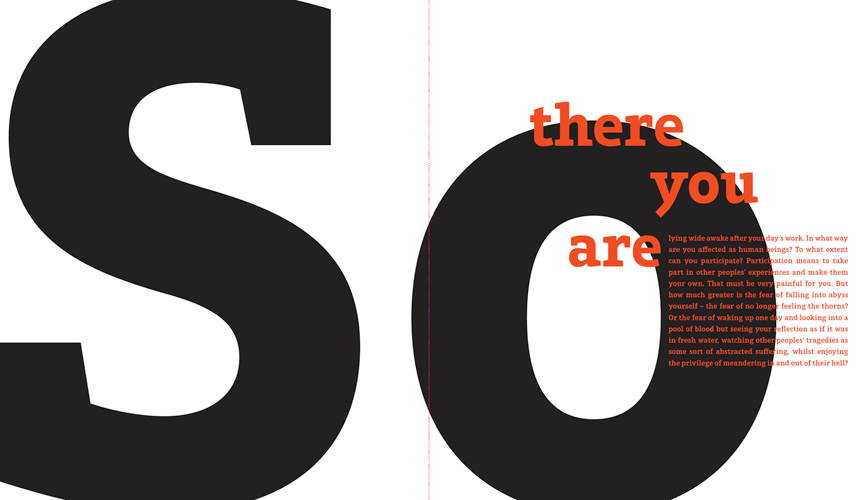
dialogue Mendes|Dinić
„
…
My interpreter had six children. From newborns to grown-ups, like a staircase. It was still possible when we arrived to the village to see where Dostum’s had crushed the children’s skulls. A stain… It looked like the victims had been grabbed by their ankles, or so I guessed, because one could still see purpled marks of hands printed on the babies’ legs. The heads… Just like that. Young skulls are soft. I entered one of the houses and there was the body of a girl. I couldn’t exactly understand what happened with her since her dress was folded back, covering her head. I mean, the place of her head. My interpreter cried out, desperate. He cried and cried and cried. I walked outside and raised my hands high:
how? How?…
…
“
How is the key question in art. In the search for form, the artist must ask the question of how? How is the natural predecessor of form. The form is as such cold. Form is an experiment. To augment form with content is a further level in artistic creation. To have found a universal language is already a culture.
An example: children are not a form, they are a part of the story. In them is to be found the culmination of people, place, events, both happy or sad, dependent on whether these events themselves are happy of sad. Children can viewed as being of a tapestry of content.
Heads and skulls are forms. In them, nature tries to answer the question of how, without articulating the question aloud. In a similar way, a dress is a form, an organ pipe, the number 6 or a scream, a scream, a scream.
The forms holds the content together like purpose-built mould. The artist is a carpenter and collector. All stories are collected, rub against one another, are assessed – the art learns from itself about itself. The art is smarter than all of those who created the mould. If the mould breaks, then our story breaks too. Culture – nowhere.
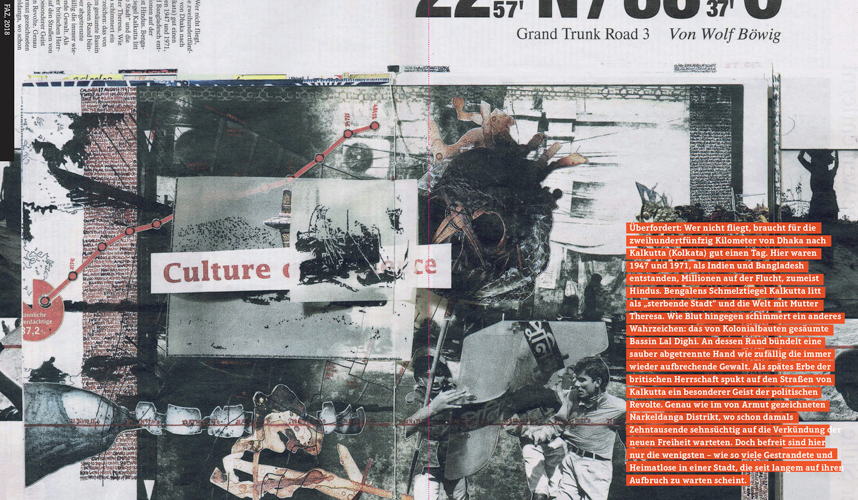
FAZ facsimile – essay Habbo Knoch
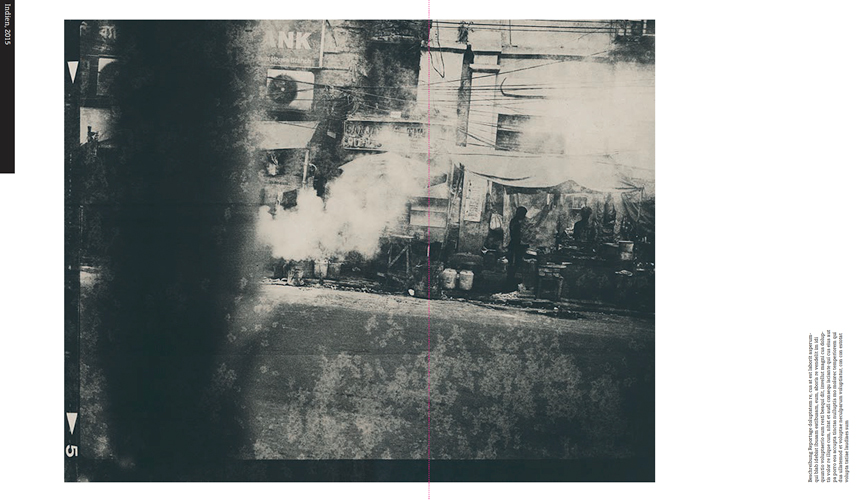
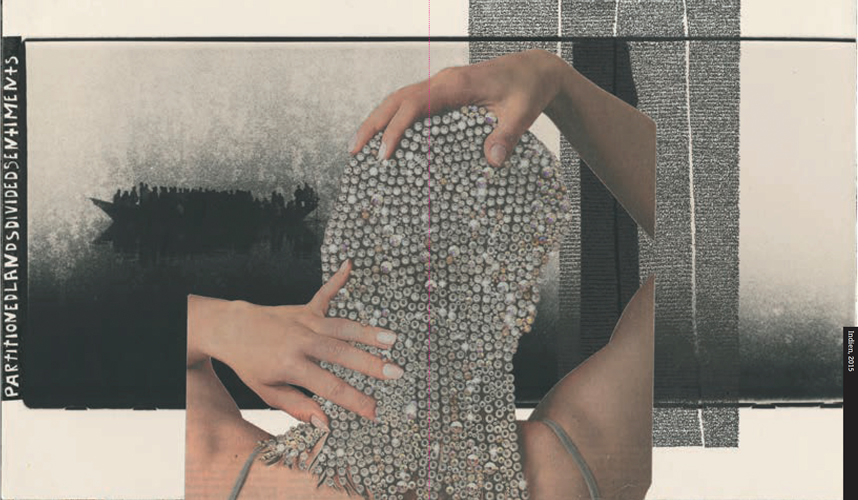
dialogue Mendes|Dinić
„
…
the rebels made him look for and find his father, after which they put the infant on top of his corpse and declared the boy ‘Prince of the Dead’.
…
“
In the year that the boy named Morie ascended the throne and become the Prince of the Dead I was 14 years old.
Some years previously, the ground shook. Bombs fell on my hometown. I did not understand what was happening and the grown ups just grimaced – that was a sign of the times. The child looked at the world in its normal way. We and they were not concepts but words. And until someone consented to explain the words to us, we we could not speak with our neighbours, our dealers in death. At 14 years of age, we had just moved west, I knew all of the words by heart. But nobody was there to warn me about them. Words are in fact contaminated bodies, capable to making the ground shake and able to murder my neighbour. Words cause people to be shot at.
Morie, the boy on the cruel throne, who was previously his father, knew, or, at least today I imagine it to have been so, today, as I try to use words to shut words up, Morie understood the capacity of words, even before he found someone to explain them to him. Early enough, he got to know the people, the horror with which he weighed his words: „Prince of the Dead“. Just one more installment in the lineage of the killers of our parents with them their history, their faces and their culture.
Or do our parents not have the faces of their butchers?
concept and visual artwork: Wolf Böwig
text: Marko Dinić, Pedro Rosa Mendes, Habbo Knoch
layout: Christoph Ermisch
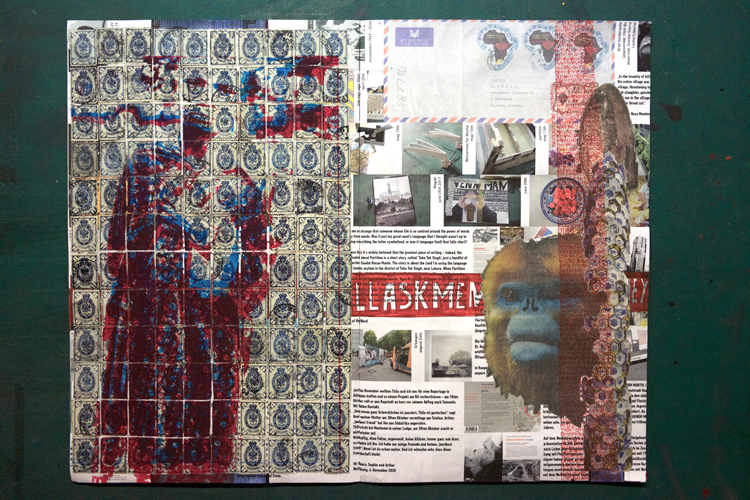
screenprint in diary – february 28th
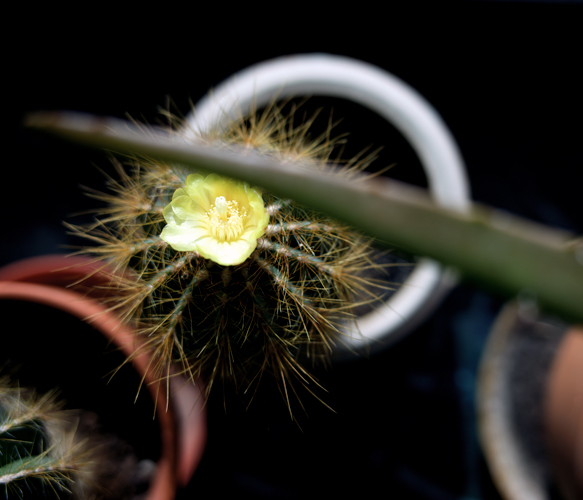
february 25th
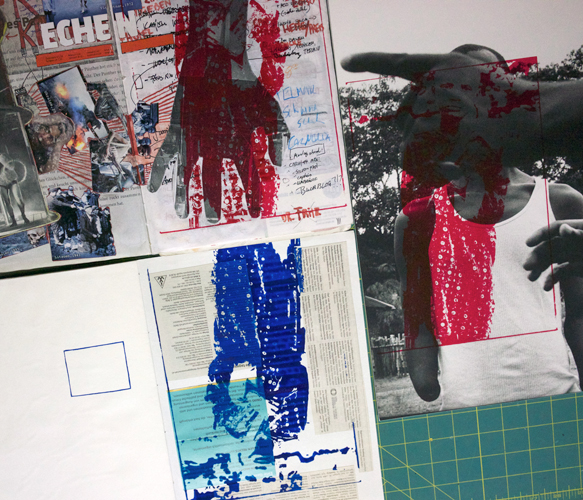
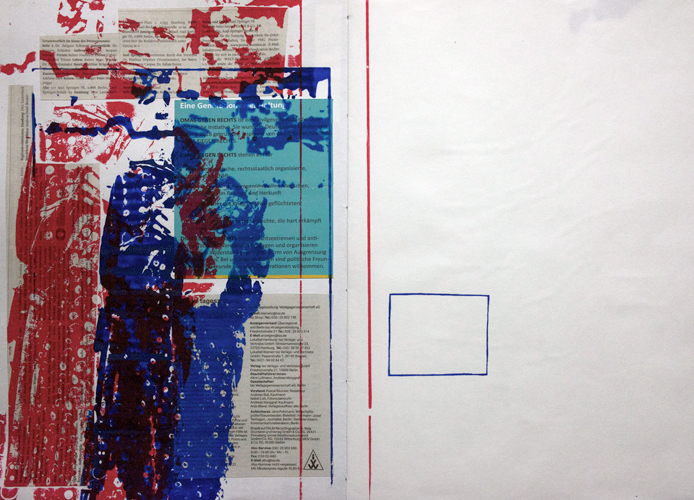
first tests screenprinting – february 23rd
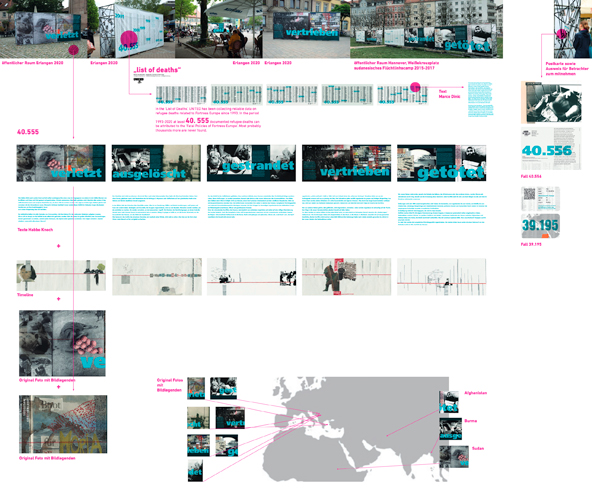
„making of“ für HNP – february 22nd
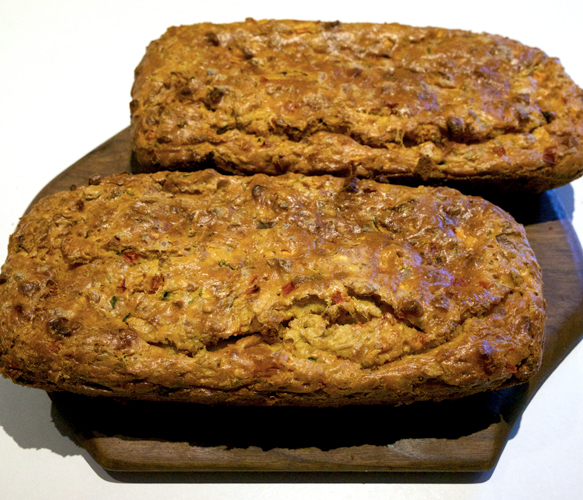
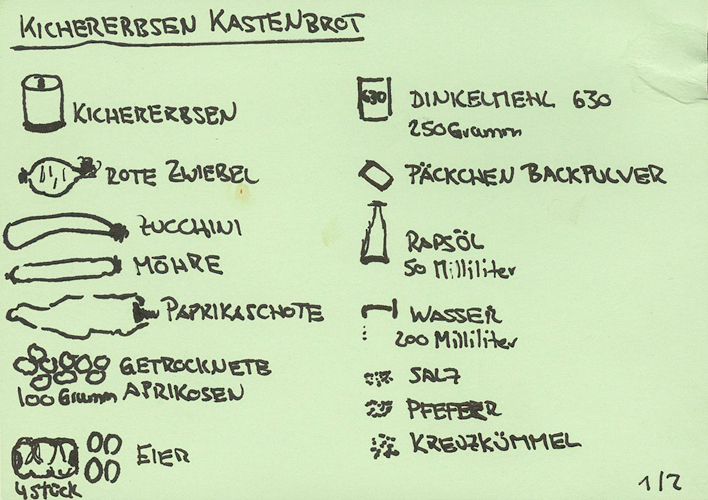
february 20th
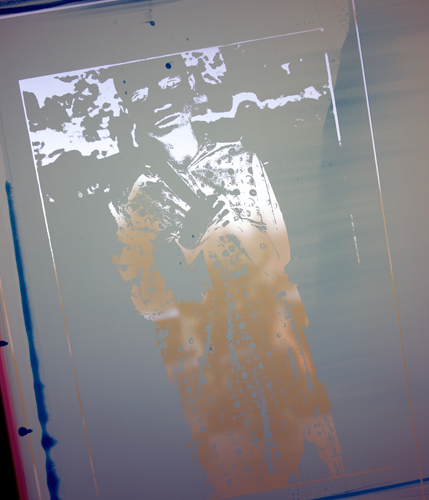
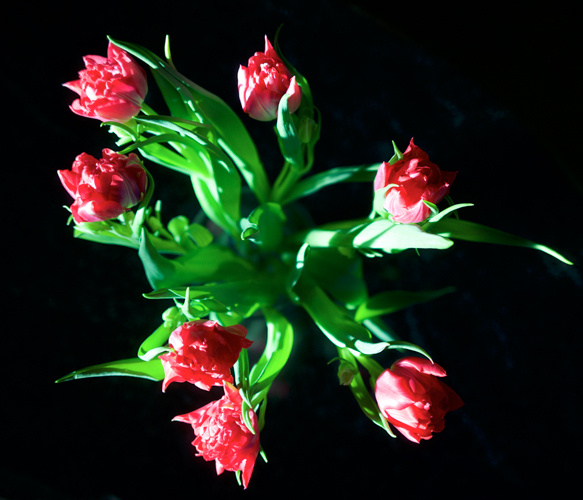
february 19th
more …
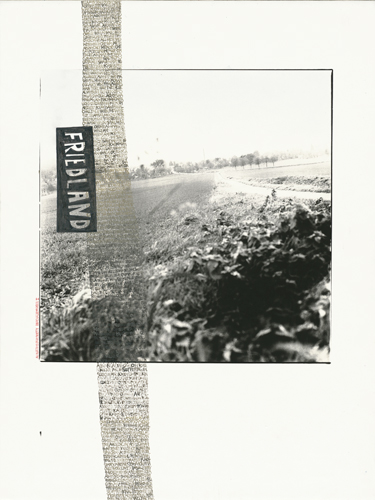
FB-print 30x40cm, analog, überarbeitet
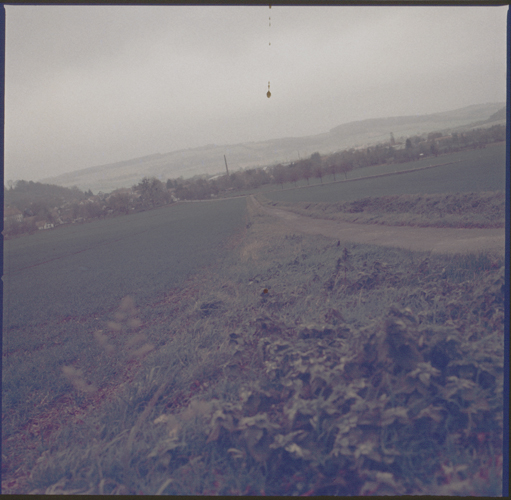
crossbird
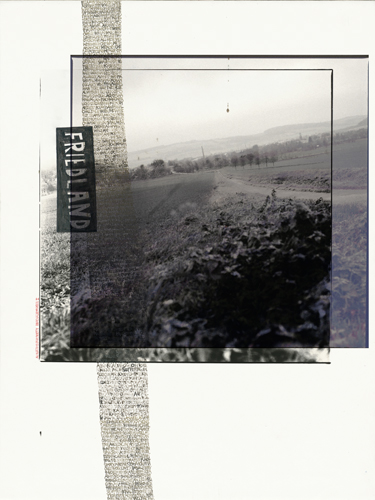
“
If I write as though I were addressing readers, that is simply because it is easier for me to write in that form. It is a form, an empty form – I shall never have readers
”
Fyodor Dostoevsky
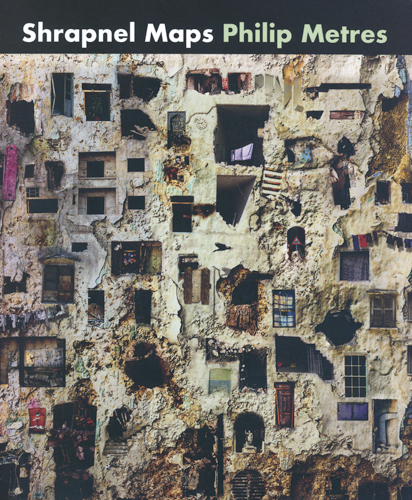
„
for Huwaida Arraf, blocking a soldier from shooting demonstrators
she inserts the inked ribbon of herself
between the black roller of history
and the alphabetic metal legs
of that inverted insect-rifles
thrash the air the targets / scatter / she can´t
help it / something in her / grows each time she turns
to face the rifle / grows as she covers
its permanent erection / the typist
lifts his wrists / and legs hover to stamp /
where the rifles moves, she moves / a mirror
following the lead of inevitable
lead / she´s the rifles / unfired / shield of flesh
her arms overhead / before the muzzle
as if she could cradle a bullet
„
Shrapnel Maps
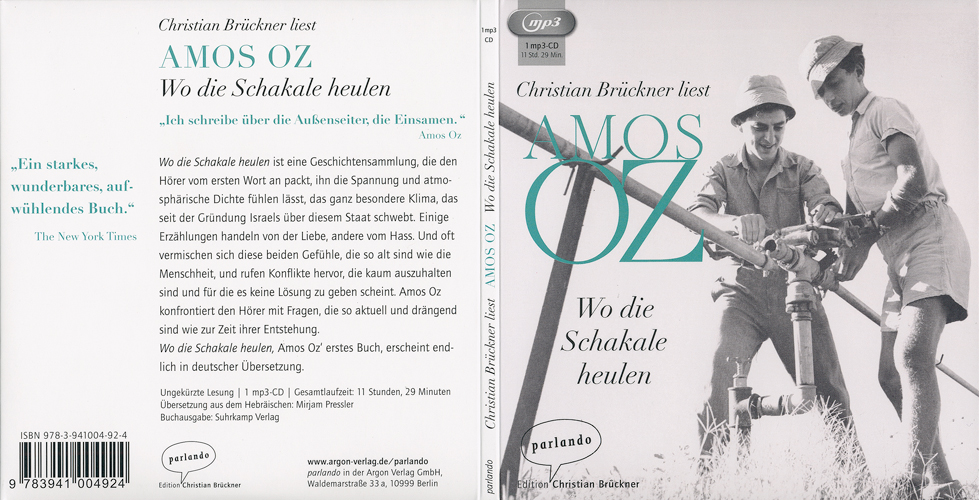
Amos Oz – Wo die Schakale heulen
„
Die Beerdigung eines Mannes, der sein Leben der Verbesserung der Welt gewidmet hat, ist nicht anders als andere Beerdigungen, und wir haben nichts hinzuzufügen. Er war ein einsamer Mensch. Möge seine Seele in das ewige Leben eingebunden sein.
“
Wo die Schakale heulen
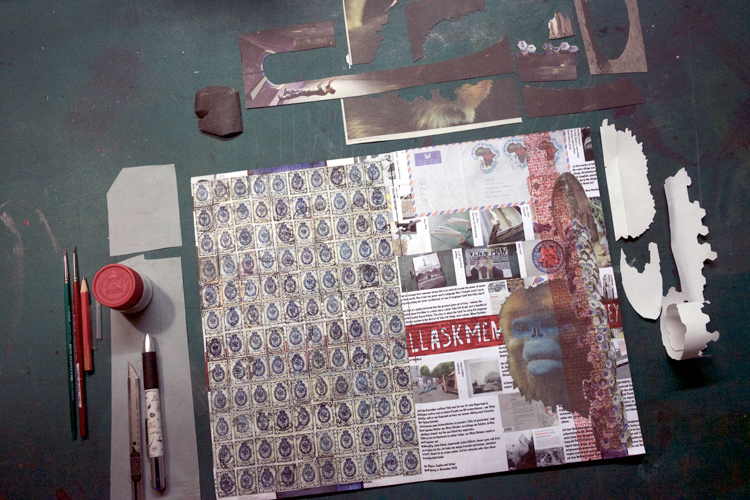
„
– And about two dreams on the pillow, they intersect and escape so one draws out a
dagger and another entrusts the commandments to the flute
– I don´t get the meaning
– Nor do I, my language is shrapnel
„
Mahmoud Darwish
january 24th
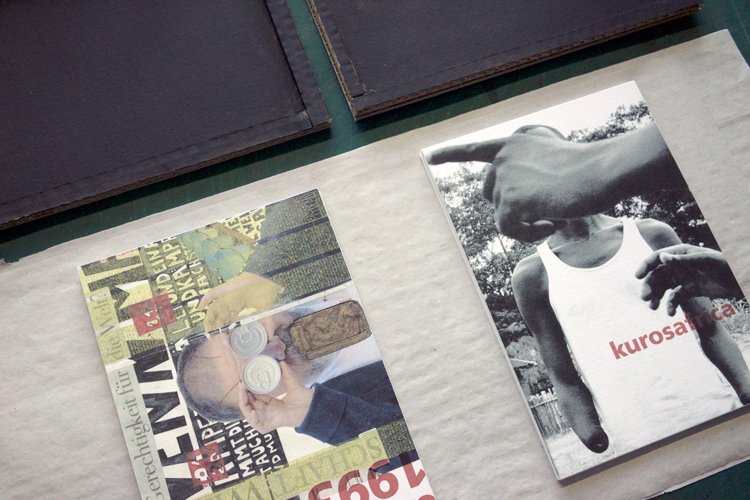
january 21st
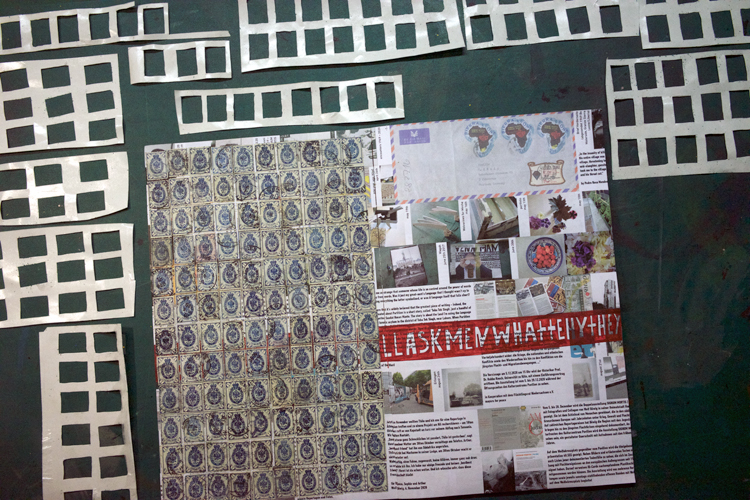
january 19th
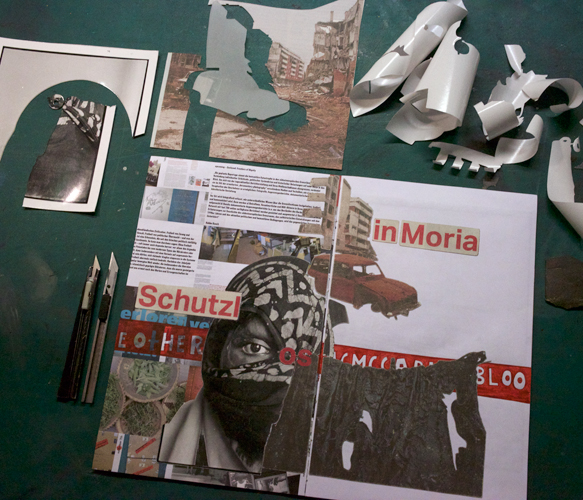
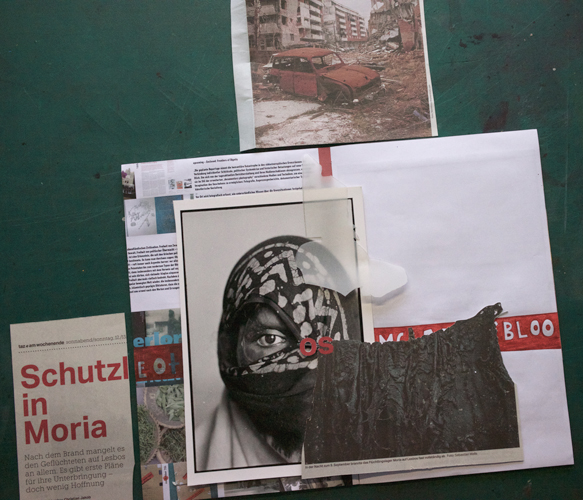
january 17th
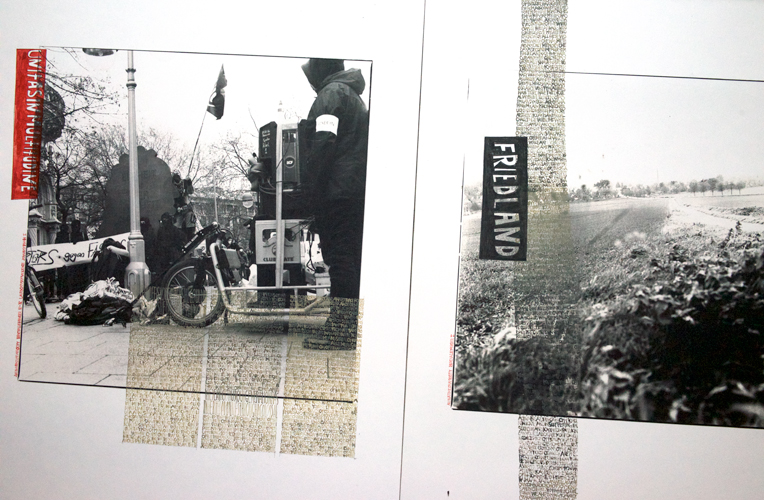
january 15th
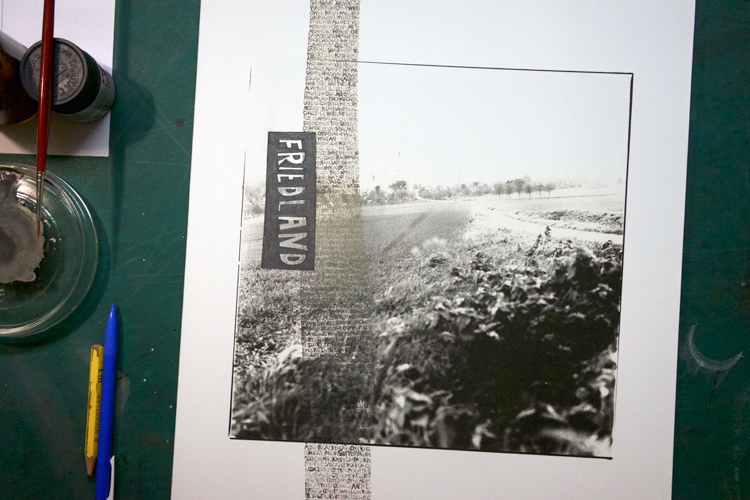
january 14th
more …
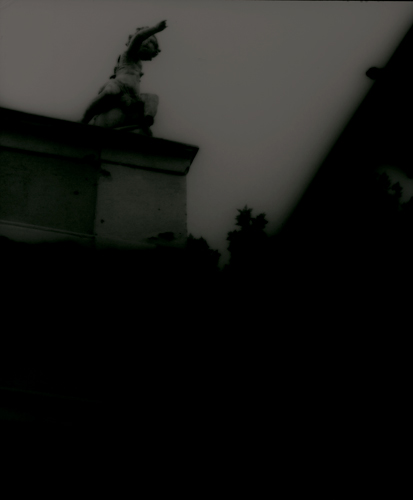
Ernst Böwig – 09.09.1914 | France
Wilhelm Böwig – 28.10.1914 | Belgium
Franz Böwig – 17.07.1915 | unknown
Louis Böwig – 21.04.1916 | France
Hermann Böwig – 28.09.1916 | unknown
Wilhelm Böwig – 16.03.1917 | unknown
Erich Böwig – 13.06.1918 | unknown
Günter Böwig – 09.07.1942 | Egypt
Ernst Paul Böwig – 10.08.1943 | Ukraine
Rudolph Böwig – 05.09.1944 | Belgium
Otto Böwig – 14.09.1944 | Italy
Walter Böwig – 18.12.1944 | Germany
Ernst Joachim Böwig – 08.01.1945 | Hungary
„
Maiorem hac dilectionem nemo
habet ut animam suam
quis ponat pro amicis sui
„
War Memorial Braunschweig-Stöckheim

